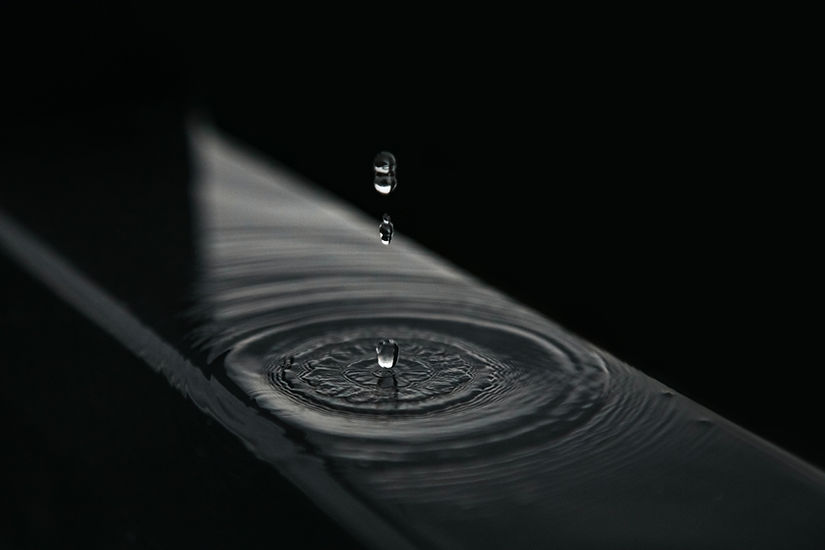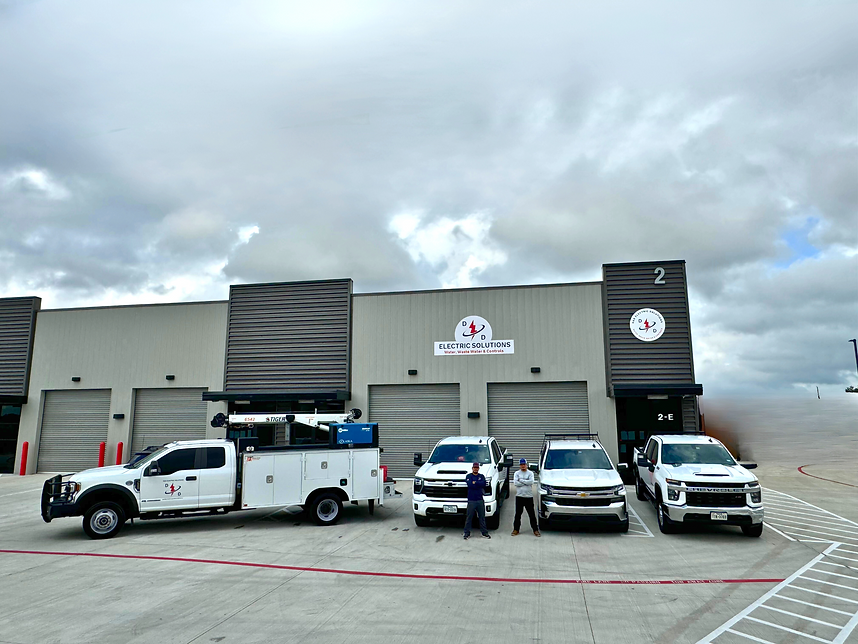
OUR SERVICES
REPAIR
-
WASTE WATER TREATMENT PLANTS (WWTP)
-
Fail in pumps (centrifugal and progressive cavity)
-
Clogged screens and grinders
-
Challenges with sludge handling
-
Corrosion present in tanks and pipes
-
Malfunctions in chemical systems
-
Problems with the aeration system
-
Errors in control systems
-
-
LIFT STATIONS
-
Failures of pump motors
-
Clogged impellers- Malfunctioning float switches
-
Leaking check valves
-
Cracked or corroded wet wells
-
Damaged electrical
-
-
WATER PLANTS
-
Issues with the filtration system
-
Fail in chemical feed pumps
-
Leaking pipes and valves
-
Corrosion in water storage tanks
-
Sediment accumulation in sedimentation basins
-
Damaged UV disinfection systems
-
Preventative maintenance
Conducting inspections and maintenance can greatly lessen the need for repairs by catching potential problems early
Qualified technicians
Repairs should be carried out by skilled professionals who are knowledgeable about wastewater and water treatment systems.
Emergency response
Certain issues, such as pump failures, may require urgent repairs to avoid significant damage.
TROUBLESHOOTING
-
WASTE WATER TREATMENT PLANTS (WWTP)
-
Screening issues: Clogged screens due to large debris, impacting flow.
-
Grit chamber problems: Excessive grit accumulation, affecting settling process.
-
Primary settling tank issues: Poor solids removal due to improper mixing or overloading.
-
Biological treatment issues: Low bacteria activity, leading to inadequate organic removal.
-
Secondary settling tank problems: Poor solids separation, impacting effluent quality.
-
Disinfection issues: Ineffective chlorine or UV treatment, potential pathogen concerns.
-
-
LIFT STATIONS
-
Pump malfunctions: Motor failure, impeller damage, or stuck pumps.
-
Float switch issues: Failure to activate pumps at appropriate levels, causing backups.
-
Clogging in pipes or pump impellers: Caused by rags, debris, or grease buildup.
-
Excessive noise or vibration: Indicates worn components or misalignment.
-
Alarm system failures: Inability to detect critical conditions.
-
-
WATER PLANTS
-
Raw water quality issues: High turbidity, contaminants impacting treatment process.
-
Coagulation and flocculation issues can from incorrect chemical dosing or mixing, as well as ineffective solids removal.
-
Sedimentation tanks can experience excessive solids carryover, which impacts water clarity.
-
Filtration problems: Blocked filters and decreased flow rate.
-
Disinfection issues: Inadequate chlorine levels, potential bacterial contamination
-
Chemical feed system malfunctions: Incorrect chemical dosage or delivery
-
GENERAL TROUBLESHOOTING
-
Visual inspection: for leaks, apparent damage, and any signs of wear on the equipment.
-
Data analysis: Examine operational data such as flow rates, pressure readings, and water quality metrics.
-
Alarm monitoring: into alerts produced by the control system.
-
Isolate the problem: Determine the exact component or process that's causing the issue.
-
Maintenance checks: Conduct regular and cleaning of equipment to avoid potential problems.
REBUILD
Key factors to consider:
-
Compliance with regulations
-
Sustainability: Implementing energy-efficient technologies and water conservation measures.
-
Resilience: Incorporating backup systems to maintain operations during disruptions.
Specific components to consider rebuilding in a WWTP and lift stations:
Pumps
Replacing worn-out pumps with more energy-efficient models, including submersible pumps in lift stations
Piping
Repairing or replacing corroded or damaged pipes, including those in the collection system leading to the lift stations.
Tanks
Rehabilitating or replacing existing sedimentation tanks, aeration tanks, and clarifiers.
Control systems
Upgrading outdated control panels with automated systems for monitoring and optimizing operations.
Aeration systems
Replacing old diffusers with more efficient aeration technologies to improve oxygen transfer.
Sludge handling systems
Upgrading sludge dewatering equipment and processes for better solids management.
Specific components to consider rebuilding in a water plant:
-
Intake structures: Repairing or replacing aging intake structures to ensure water quality.
-
Filtration systems: Upgrading sand filters or installing new membrane filtration systems
-
Disinfection systems: Replacing outdated chlorine disinfection systems with more advanced options like UV disinfection
-
Chemical feed systems: Updating chemical feed systems for precise dosage control
-
Storage tanks: Rehabilitating or replacing water storage tanks
INSTALLS
-
WASTE WATER TREATMENT PLANTS (WWTP)
-
Headworks (screens, grit removal)
-
Primary sedimentation tanks
-
Secondary treatment (activated sludge, trickling filter)
-
Tertiary treatment (filtration, disinfection)
-
Sludge handling and disposal system
-
-
LIFT STATIONS
-
Wet well (receiving basin)
-
Pumps (submersible or dry pit)
-
Check valves
-
Float switches (level control)
-
Alarm system
-
Ventilation system
-
-
WATER PLANTS
-
Raw water intake
-
Coagulation and flocculation basins
-
Sedimentation tanks
-
Filtration system (sand, granular activated carbon)
-
Disinfection system (chlorination, UV)
-
Clear well storage tank
-
Important considerations during installation
-
Site conditions: Topography, soil type, access to utilities
-
Flow capacity: Design to handle peak flow rates
-
Regulations: Compliance with local and state environmental standards
-
Maintenance accessibility: Ease of access for cleaning and repairs

We Integrate our knowledge with your systems
Additional Services
Always ready to offer emergency repairs and support, available around the clock
AEROBIC
Aerobic units treat wastewater for homes and small businesses. They remove 85% to 98% of the organic matter and solids from the wastewater, producing effluent as clean as effluent that comes from municipal wastewater treatment plants, and cleaner than that from conventional septic tanks.
Aerobic units, which are certified as class I aerobic systems, treat wastewater well enough to be used in conjunction with spray systems, which distribute treated wastewater over lawns.
For long-term and successful functioning system, it is important to have the tank monitored and maintained to be able to treat work properly.
We provide:
-
Repairs, Maintenance and Service
-
Installations for Air and Sprinkler pumps
SEPTIC
Conventional systems involve much less maintenance than aerobic systems. Both conventional septic systems and aerobic systems are environmentally friendly when designed, used, and maintained properly.
We provide:
-
Repairs, Maintenance and Service
-
Installations for Air and Sprinkler pumps
GENERAL
Updates Coming..
